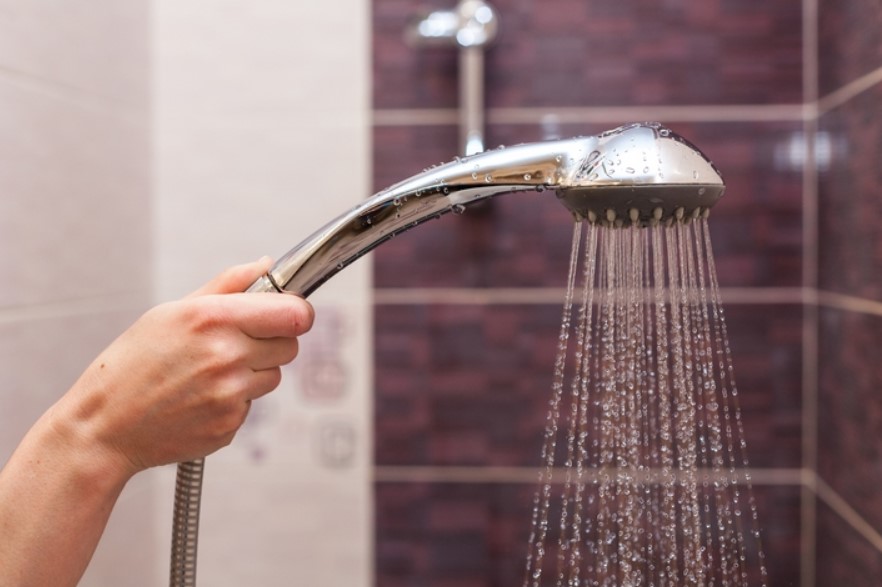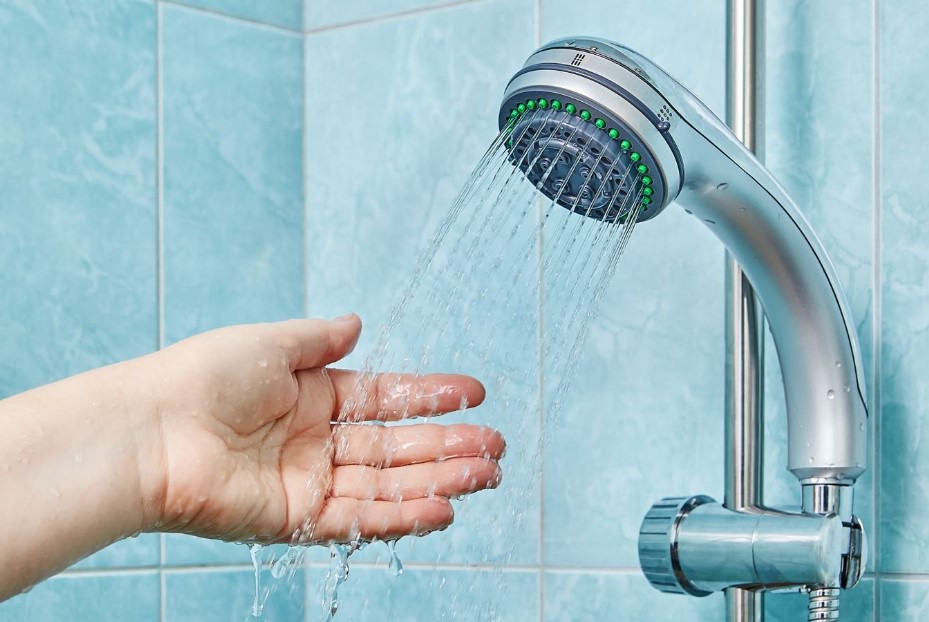Contents
Are you tired of stepping into a shower that’s only lukewarm when you crave a steaming hot experience? A hot shower can make a world of difference, especially after a long day or during cold months. This guide will walk you through practical tips on how to make your shower water hotter, including simple adjustments to your water heater, troubleshooting common issues, and knowing when it might be time to call in the experts.
Understanding Why Your Shower Water Isn’t Hot Enough
If your shower water isn’t as hot as you’d like, it could be due to several factors. Identifying the root cause will help you choose the right solution. Common reasons include:
- Water Heater Settings: Your water heater might be set to a low temperature, preventing it from delivering the hotter water you desire.
- Water Heater Capacity: If multiple people use hot water around the same time, your water heater might not be able to keep up with demand.
- Shower Valve Issues: Sometimes, your shower’s mixing valve could be faulty or incorrectly calibrated, causing lukewarm water.
- Sediment Build-up: Over time, minerals can accumulate in your water heater, reducing its efficiency and output.
How to Increase Shower Water Temperature: Simple Solutions
Now that you know some of the reasons behind lukewarm showers, here are actionable steps to get that desired hot water:
1. Adjust Your Water Heater Thermostat
Most water heaters have a thermostat that lets you control the temperature. Typically, 120°F is considered a safe and comfortable temperature for households. If you need hotter water, you can:
- Locate the Thermostat: Find the thermostat on your water heater. It’s often a dial or digital panel.
- Turn Up the Temperature: Increase the setting by a few degrees, but be cautious not to go too high. Temperatures above 140°F can cause scalding and increase energy bills.
- Wait for Results: After adjusting, allow some time for the heater to bring the water up to the new temperature.
2. Check for Sediment Build-Up in the Water Heater
Sediment build-up is a common issue, especially in areas with hard water. This can decrease your water heater’s efficiency, leading to cooler showers.
- Flush the Heater: Most water heaters have a drain valve at the bottom. You can flush out the sediment by draining a portion of the tank. Be sure to turn off the power or gas before attempting this.
- Consider a Water Softener: If sediment is a recurring problem, installing a water softener can help reduce mineral deposits in your heater, improving performance over time.
3. Inspect the Shower Mixing Valve
The shower mixing valve combines hot and cold water to get your desired temperature. If it’s malfunctioning, you may end up with lukewarm water, even if your heater is working fine.
- Test the Valve: Turn on your shower and see if the temperature changes when you adjust the valve. If not, it may need replacement.
- Replace or Repair: In some cases, a simple replacement can resolve the issue. It’s best to consult a plumber if you’re unsure about handling this yourself.

When to Call a Professional
If you’ve tried adjusting the heater, flushing sediment, and inspecting the valve, but your water is still not hot enough, it may be time to call a professional. A plumber can:
- Diagnose Complex Issues: Sometimes, water heater problems are more complex and require expert knowledge to fix.
- Ensure Safety: Water heaters, especially gas-powered ones, can pose risks. An expert can handle these safely and effectively.
Boosting Hot Water in Your Shower: Additional Tips
Install a Shower Head with Temperature Control
If you want more direct control over your shower temperature, consider installing a shower head with built-in temperature control. These shower heads allow you to regulate the water temperature, ensuring you get the perfect hot shower experience.
Consider an On-Demand Water Heater
An on-demand or tankless water heater provides hot water exactly when you need it, without the need to store water in a tank. These units can be more efficient and provide consistently hot water, making them an excellent option if you frequently run out of hot water.
FAQs: Common Questions About Making Shower Water Hotter
How do I fix lukewarm shower water?
If your shower water is lukewarm, start by checking the water heater thermostat and increasing the temperature. If this doesn’t help, you may need to flush the tank or replace the mixing valve.
Why does my shower water go cold so quickly?
Your water heater might not have enough capacity to meet your household’s needs. Consider installing a larger unit or a tankless heater to provide a continuous hot water supply.
What temperature should my water heater be set at for a hot shower?
The recommended setting is 120°F to 140°F. This range provides a balance between comfort and safety, helping prevent scalds and reducing energy consumption.
Can a plumber help with a shower that doesn’t get hot enough?
Yes, a plumber can diagnose and fix issues such as faulty valves, water heater problems, or piping issues that might be affecting your shower’s temperature.
What are the dangers of setting the water heater temperature too high?
Water temperatures above 140°F can cause burns and increase the risk of scalding, especially for young children and the elderly. Always use caution when adjusting your water heater settings.
Final Thoughts
A hot shower is more than just a luxury; it’s an essential part of your daily routine. By understanding the common causes of lukewarm water and implementing these practical solutions, you can enjoy a comfortably hot shower whenever you need it. Whether you’re adjusting your water heater thermostat or installing a new shower head, these steps can make a big difference in your shower experience.
You May Also Read:
Trees You Can Plant Close to Your House for Beauty and Safety





